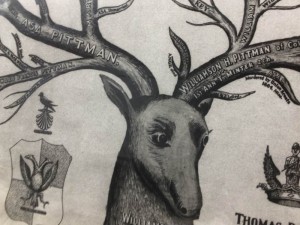 The “Manuscripts@NEHGS” column in the Spring 2014 issue of American Ancestors contains extracts from each of the three collections processed by interns for the R. Stanton Avery Special Collections during the Fall of 2013. The collections were the Burnham Family Papers (Mss 1120), Charles Harold Floyd Family Papers (Mss 1118), and the Walker Family Papers (Mss 1119). While interns were working on these collections, the Special Collections staff began processing a fourth collection, the Horace Augustus Knowles Papers. This collection also contains interesting personal accounts, similar to those highlighted in the magazine article. Continue reading The Horace Augustus Knowles Papers
The “Manuscripts@NEHGS” column in the Spring 2014 issue of American Ancestors contains extracts from each of the three collections processed by interns for the R. Stanton Avery Special Collections during the Fall of 2013. The collections were the Burnham Family Papers (Mss 1120), Charles Harold Floyd Family Papers (Mss 1118), and the Walker Family Papers (Mss 1119). While interns were working on these collections, the Special Collections staff began processing a fourth collection, the Horace Augustus Knowles Papers. This collection also contains interesting personal accounts, similar to those highlighted in the magazine article. Continue reading The Horace Augustus Knowles Papers
Category Archives: Family Stories
Excerpts from Martha Anne Kuhn’s diary, 1836
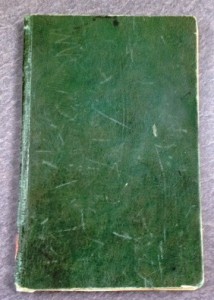
“Christmas won’t be Christmas without any presents,” grumbled Jo, lying on the rug.
“It’s so dreadful to be poor!” sighed Meg, looking down at her old dress.
“I don’t think it’s fair for some girls to have plenty of pretty things, and other girls nothing at all,” added little Amy, with an injured sniff.
“We’ve got Father and Mother, and each other,” said Beth contentedly from her corner.
So begins Louisa May Alcott’s novel, Little Women, whose opening lines have always stuck in many readers’ minds, including my own. When reading Little Women as a young man, I was unaware that I would one day find a manuscript that mentions her controversial father, Bronson Alcott, who was a teacher, philosopher, and creator of the Temple School in Boston, Massachusetts, in the early nineteenth century. Continue reading Excerpts from Martha Anne Kuhn’s diary, 1836
Ear marks and horse censuses
 In the days when livestock mostly roamed loose in New England towns, it was critical that farmers could identify which animals belonged to them – to avoid disputes, identify stolen property, or recover damages if your crops were ruined by the neighborhood’s hogs. While branding with a hot iron was done, mostly the system they used involved nicks, slits, or holes, etc., cut into the animal’s ears (similar to humans piercing their ear lobes), called “ear marks.” The types of cuts and patterns were registered with the town clerk and sometimes would be inherited from father to son. I think some of these farmers were far more assiduous in recording their animals’ ear marks than they were in recording their children. Continue reading Ear marks and horse censuses
In the days when livestock mostly roamed loose in New England towns, it was critical that farmers could identify which animals belonged to them – to avoid disputes, identify stolen property, or recover damages if your crops were ruined by the neighborhood’s hogs. While branding with a hot iron was done, mostly the system they used involved nicks, slits, or holes, etc., cut into the animal’s ears (similar to humans piercing their ear lobes), called “ear marks.” The types of cuts and patterns were registered with the town clerk and sometimes would be inherited from father to son. I think some of these farmers were far more assiduous in recording their animals’ ear marks than they were in recording their children. Continue reading Ear marks and horse censuses
Another family mystery
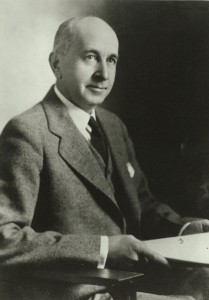
My mother’s parents were from Norfolk, Virginia, and Baltimore, Maryland. From a grandchild’s perspective, they were Southerners, but as I grew up and became interested in genealogy, I noticed another strain: my grandfather’s mother and grandmother’s father were natives of Ohio, and it turned out that the Jacksons and Gliddens had New England forebears. A more recent insight, I blush to say, is that both my maternal grandfather and his father married women from Indianapolis, and at the end of his life my grandfather’s companion (a native of Boston) had Indianapolis connections as well. Continue reading Another family mystery
What’s that name?
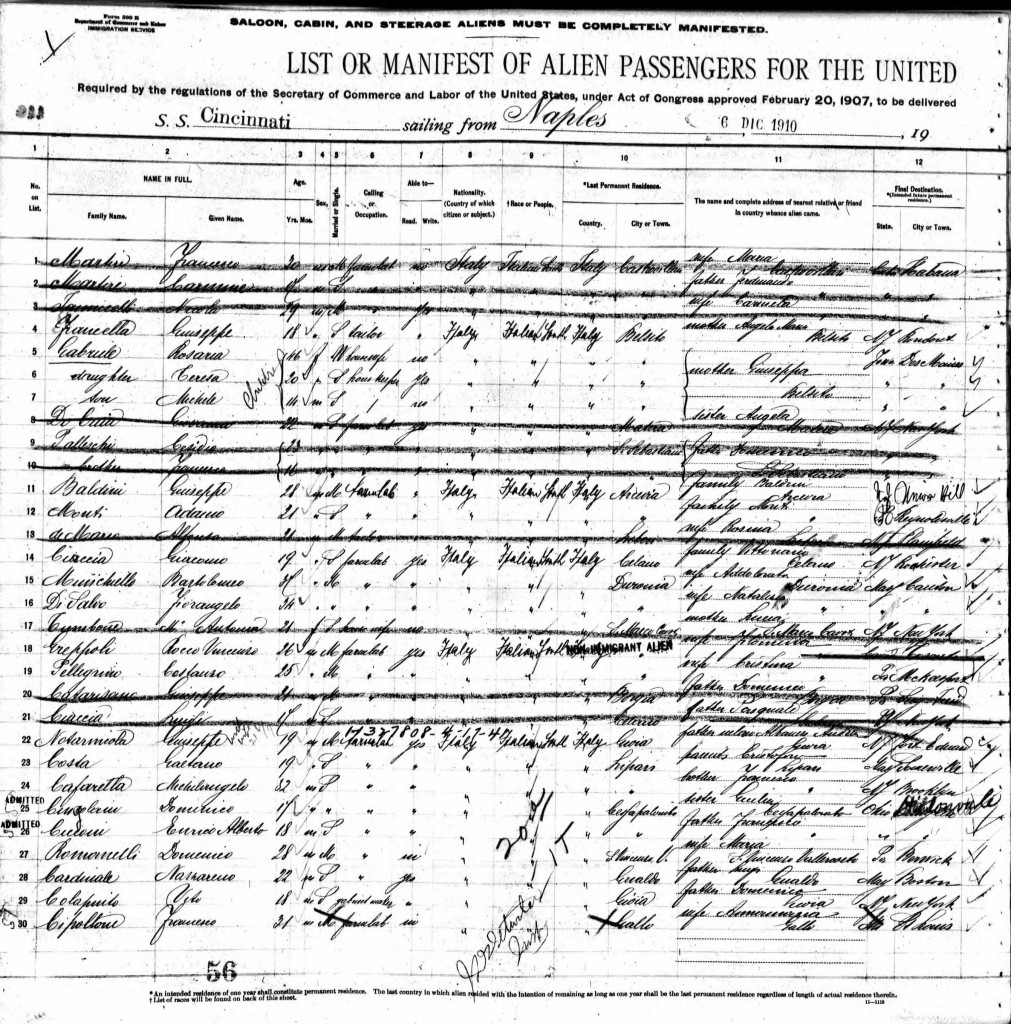
I just returned from representing the New England Historic Genealogical Society at the Southern California Genealogical Jamboree’s forty-fifth annual event in Burbank, California. In addition to getting the opportunity to meet some of the great NEHGS members who live in and around California, I also had an opportunity to give three different lectures: “Following the Crumbs: Tracing Family History Through Land Records,” “Tracing Your Italian Ancestry to the Old Country,” and “Tales of a Genealogist” at the NEHGS Breakfast. Continue reading What’s that name?
What’s in a name
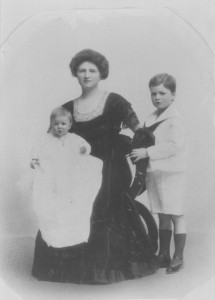
According to the Book of Genesis, one of the first things Adam did was to give the things around him names: to name is to exert power – and to give it. An example of this in my own family comes to mind, and with it comes a far longer history than I think my parents or my grandparents knew.
When my sister was born, my maternal grandparents’ second grandchild and first granddaughter, my grandmother assumed that the baby would be named for her: Pauline. As I mentioned yesterday, my mother’s first name was a moving target: it was at one time Pauline, at another Fairfax, until it crystallized as Barbara. I suspect my grandfather didn’t care for it, even though it was his wife’s and (perhaps more relevant?) his mother-in-law’s first name. In any case, with that history behind it, my grandmother expected my sister to be named for her. Continue reading What’s in a name
Family stories in official records
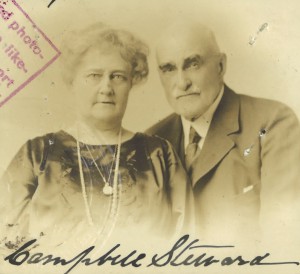
Ancestry.com has an interesting database category called Immigration & Travel, which includes a variety of passenger list and passport application databases. I have used them over the years to track members of my family as they traveled to and from Europe, Central and South America, the Hawaiian Islands and the Far East, and I invariably find colorful details to flesh out the prosaic ones. (I also sometimes find exact dates and places of birth that I’ve been unable to find elsewhere.) Continue reading Family stories in official records
The Great Migration in Vita Brevis
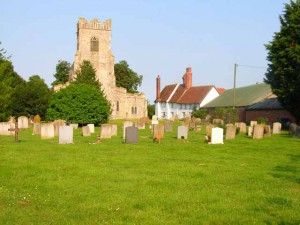
Over the last five months, Vita Brevis has featured a number of blog posts about the Great Migration Study Project and related subjects. Robert Charles Anderson, the project’s director, has written on the topic, as have Alicia Crane Williams and Roger Thompson. Bob’s posts tend to focus on his continuing research in this area, whether it is his trips to Salt Lake City to review a thorny question about identity or the latest literature on the subject as he prepares to write a book tentatively entitled Puritan Pedigrees: The Deep Roots of the Great Migration to New England. Continue reading The Great Migration in Vita Brevis
The Lane School on Malaga Island
 Captain George W. Lane, a Christian missionary and a Civil War veteran, first visited Malaga Island in 1906. The island, located in the New Meadows River near Phippsburg, Maine, is now an uninhabited state preserve, but in Captain Lane’s time the island was the site of a small mixed-race community of fishermen. In the summer of 1906, Captain Lane and his family rowed almost every day from their summer home on Horse Island (now Harbor Island) to Malaga. The inhabitants were poor, and there were few opportunities for education. The Lanes changed that. Captain Lane led regular church services for the residents of Malaga Island, while his wife, Lucy (Holden) Lane, and their daughters started a school for the island’s children. Continue reading The Lane School on Malaga Island
Captain George W. Lane, a Christian missionary and a Civil War veteran, first visited Malaga Island in 1906. The island, located in the New Meadows River near Phippsburg, Maine, is now an uninhabited state preserve, but in Captain Lane’s time the island was the site of a small mixed-race community of fishermen. In the summer of 1906, Captain Lane and his family rowed almost every day from their summer home on Horse Island (now Harbor Island) to Malaga. The inhabitants were poor, and there were few opportunities for education. The Lanes changed that. Captain Lane led regular church services for the residents of Malaga Island, while his wife, Lucy (Holden) Lane, and their daughters started a school for the island’s children. Continue reading The Lane School on Malaga Island
Remembering Deane Winthrop
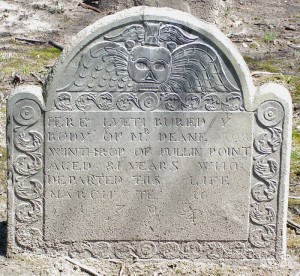
Last night I went to the monthly meeting of the Winthrop Improvement and Historical Association on the grounds of the Deane Winthrop House to hear John Winthrop Sears speak about his ancestral uncle. Deane2 Winthrop (1623–1704) was Governor John1 Winthrop’s sixth son (the third son by the Governor’s third marriage), and he long outlived his full and half-siblings. He did so in one of the oldest wood-framed houses in the Commonwealth, one continuously occupied since the seventeenth century, on Pulling Point – now the City of Winthrop. Continue reading Remembering Deane Winthrop